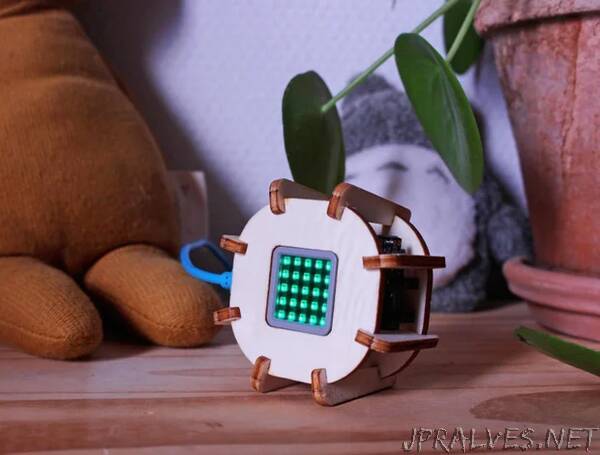
“The CO2 sensor is a collaborative project initiated by the Labfab (Rennes - France) in partnership with the MCE (Rennes - France). The objective is to propose a sensor, easy to mount, which allows CO2 measurement in a room. The result of the CO2 concentration threshold calculation is displayed in ppm (parts per million) and is color coded to determine if there is sufficient aeration.
This sensor help you to determine the periods of ventilation in closed spaces, in particular in the school context. Indeed, a high concentration of CO2 in a classroom has the possible consequence of a drop in concentration and even a state of drowsiness. This issue was raised during the Covid-19 health crisis when a correlation was established between the concentration of CO2 in a room and the transmission of the virus.
This project is under CC-BY-NC-SA license, so it is reusable and changable according to your needs.
The facilitation of the working group was led by Pierre-Andr Souville and Romain Chefdor. The code by Julie Brindejont with advice from Ronan Goas. The design of the object and it’s animations was made by Tony Vanpoucke. The documentation was made by the 2021-22 promotion of the CFTTR, by Pierre Andr Souville and Tony Vanpoucke.
Before you start, gather the items needed to build the sensor (first picture) :
1x Programmable board - M5Stack ATOM Matrix (18€)
M5Stack brand board based on ESP32. This card has the particularity of having a miniature size and an on-board LED matrix.
1x CO2 sensor - SenseAir S8 (30 €)
Fairly standard CO2 sensor recommended by nousaerons.fr. Be careful, there are sometimes counterfeits (the cheapest sensors on the internet can be).
4x jumper wire - Male > Female (0,20 €)
Small prototyping cables with a so-called female side and a male side. You will need 4 in total.
1x Wood - Plywood plate (1€)
Size: 22cm x 6cm. Thickness: 3mm or 3.3mm
1x USB-C cable (5€)
USB-C type cable to plug into the (normally) USB-A type power supply.
1x USB power supply - 5V (5€)
Minimum 800mA. A cell phone charger or power bank.
To make your sensor you will also need a few tools (second picture) :
A soldering iron with tin (if possible without lead)
A laser cutting machine (minimum size 22cm by 6cm - can cut 3mm)
Computer with Arduino software”
